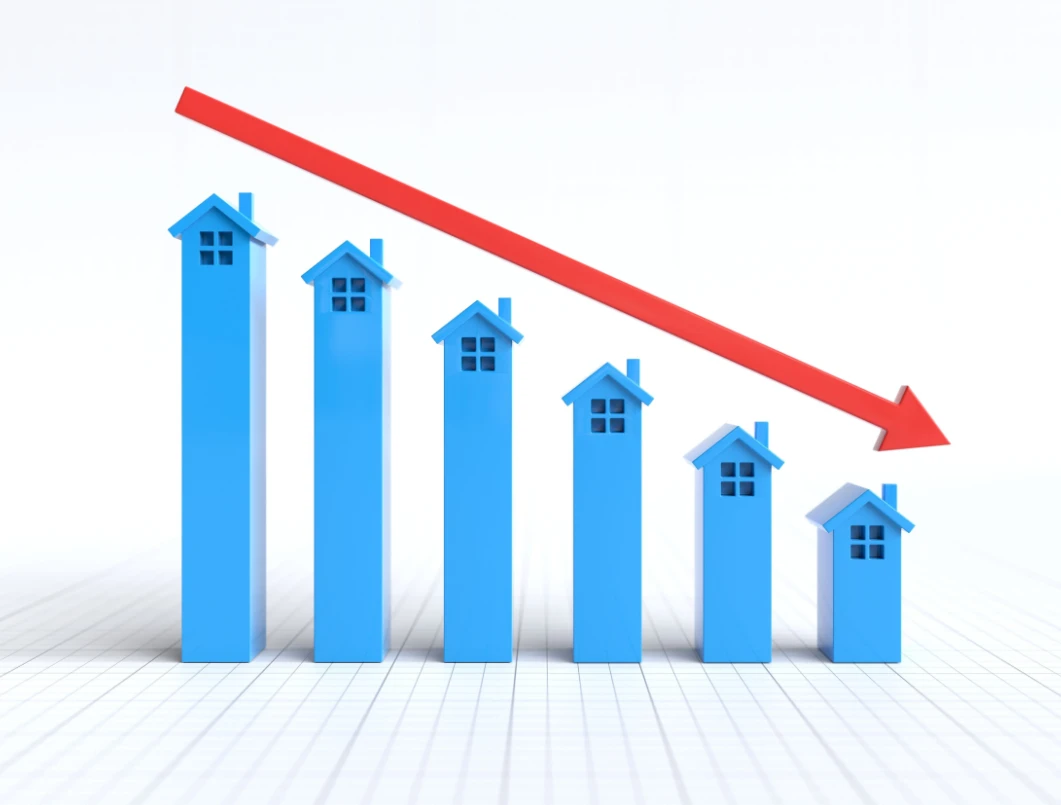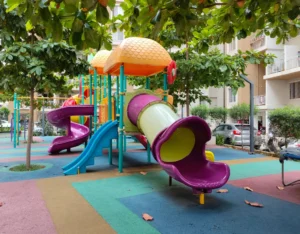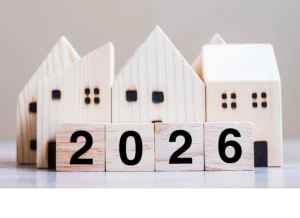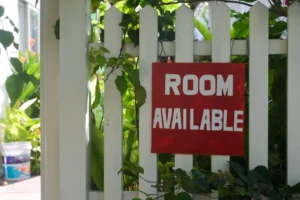Drop could signal emerging market softness

Multifamily Rents Slide Under Weight of Supply Glut
Multifamily rents faltered in September, posting their weakest showing for the month in more than a decade as performance was hurt by a flood of new apartment supply and a cooling economy, according to Yardi Matrix.
“The poor performance comes as demand shows signs of weakening while high-supply markets have a glut of properties in the lease-up phase. Rents remain close to all-time highs, so while it is too soon to say September is the start of a trend, the drop could signal emerging market softness,” Yardi Matrix writes in the September Multifamily National Report.
Highlights of the report:
- With demand and economic growth starting to show signs of cooling, multifamily rents hit a snag in September. The average U.S. advertised rent fell $6 to $1,750 while year-over-year growth fell 30 basis points to 0.6%.
- The $6 drop in advertised rents was the worst September showing in more than a decade. Properties in markets with an overhang of new supply are offering concessions and/or cutting advertised rents to attract tenants.
- Single-family build-to-rent (BTR) advertised rates also took a hit in September. The average BTR advertised rent dropped by $15 in September to $2,194, while the year-over-year growth rate fell 60 basis points to 0.0%.
With 525,000 units in the lease-up phase, the report says competition among properties – especially in Sun Belt metros – is intense. Rents are likely to “remain under pressure” until the new apartment supply is absorbed.
Economy and employment concerns
There are concerns beginning to show up about a slowing economy. One sign is that unemployment rose to 4.3% in August. Only 22,000 jobs were added, which is below expectation of the average growth in recent years.
“These labor challenges are weighing on consumer sentiment, which has slipped after gains in June and July. More households now expect declining incomes, even as many already struggle to keep pace with inflation. This is concerning for multifamily, given the link between consumer confidence and household formation,” the report says.
Source: Rental Housing Journal













 Accessibility
Accessibility